Aparthotel Římská 14
Aparthotel Římská 14 is situated in the center of the city. Step out and spend your day with impressive museums, breathtaking architecture, and a plethora of shopping opportunities. Prague has it all, whether you’re looking for history and culture, art and dining, partying or shopping. Go for a walk and take in the living legacy that is entwined with the liveliness of a modern city that respects its historical roots.
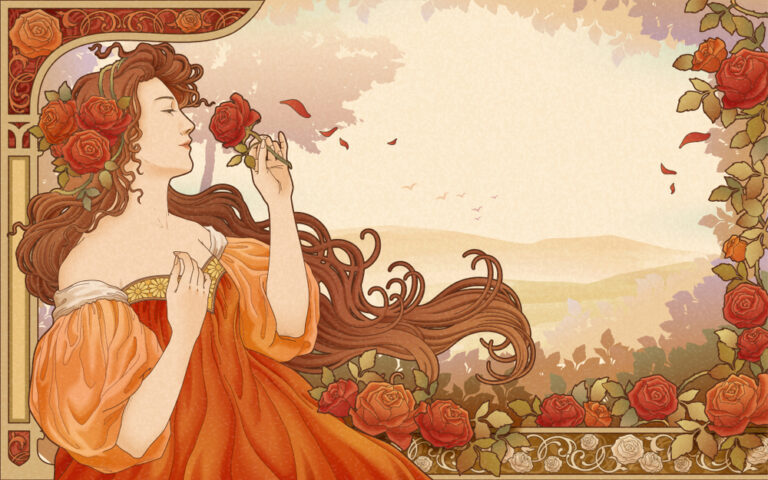
The Mucha Museum is a must-see for all Art Nouveau admirers; it opened in 1998 and is exclusively dedicated to the Czech painter Alphonse Mucha, displaying a great number of his works for public viewing.
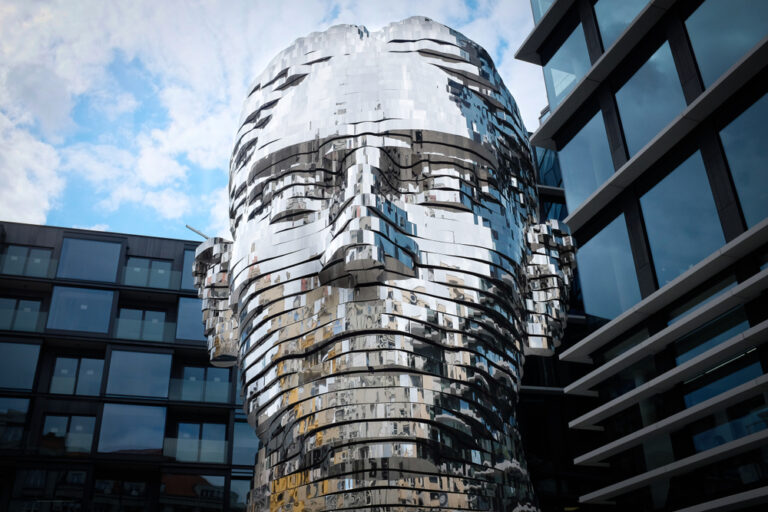
A mandatory visit to a sculpture created by David Černý in 2014 that depicts Franz Kafka’s head and is placed near the Národní Třída metro station is a must-see that combines the city’s legacy with modern technology and art. The statue, which is made up of 42 kinetic steel plates and is 11 meters tall, reflects light and rotates continuously.
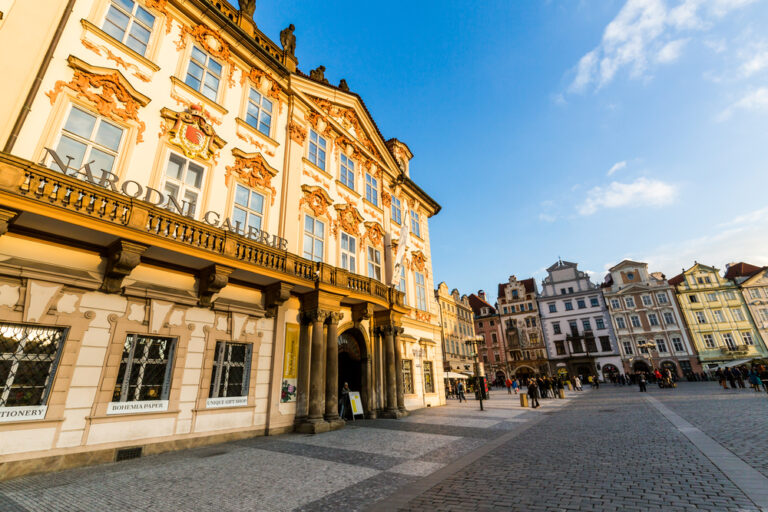
The National Gallery Prague is a state-owned art gallery. It manages the most comprehensive collection of art in the Czech Republic. Its collections are presented in a number of historic buildings within the city, such as Trade Fair Palace and the Schwarzenberg Palace. The National Gallery’s collection includes masterpieces of Czech and international fine art.
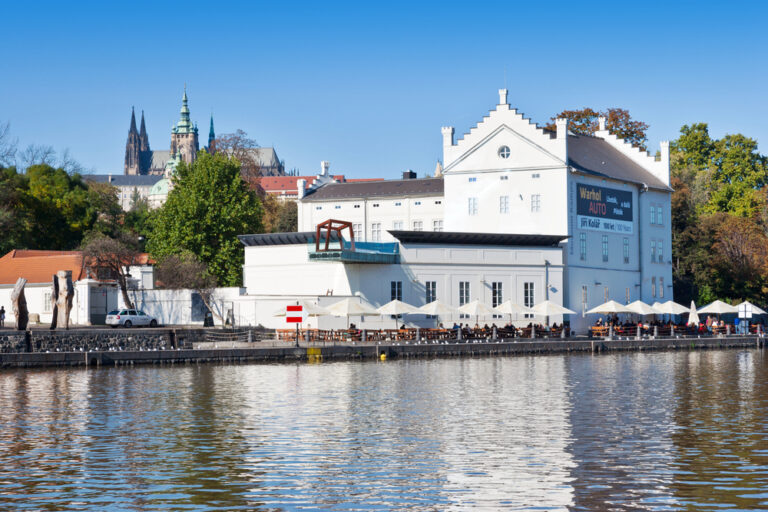
The Kampa Museum is home to the largest collection of art by one of the earliest abstract artists, František Kupka. The museum has previously showcased the works of artists like Toyen and Andy Warhol. Kampa is an unmissable museum for modern art lovers.

The Strahov Monastery complex, which was founded in 1140, includes the unique Strahov Library, which has a collection of medieval manuscripts, maps, and globes. The Strahov Gallery also houses an unrivaled collection of Gothic paintings, Rudolfian artworks, as well as Baroque and Rococo masterpieces.
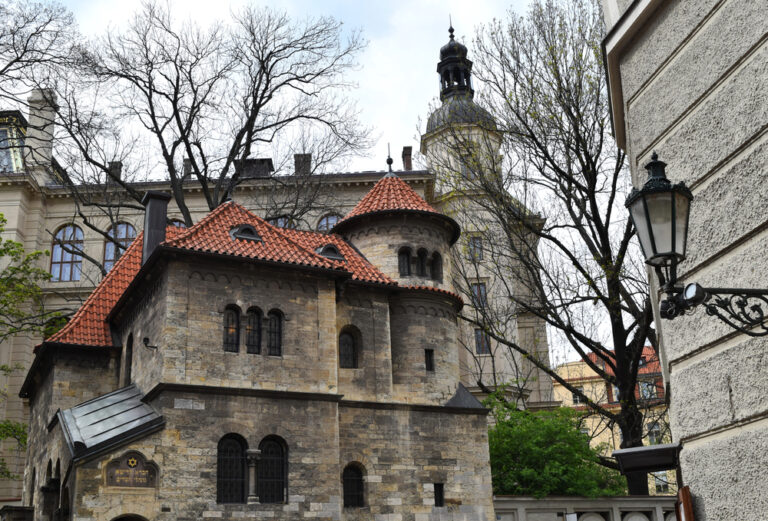
Josefov is the historical centre of the Jewish community in Prague, which has a long relationship with the city. The Jewish Museum in Prague, which houses the Maisel Synagogue, the Spanish Synagogue, the Pinkas Synagogue, the Ceremonial Hall, and more, is a must-see when roaming about the district. The Old Jewish Cemetery’s aged tombstones serve as a majestic reminder of the city’s rich heritage.
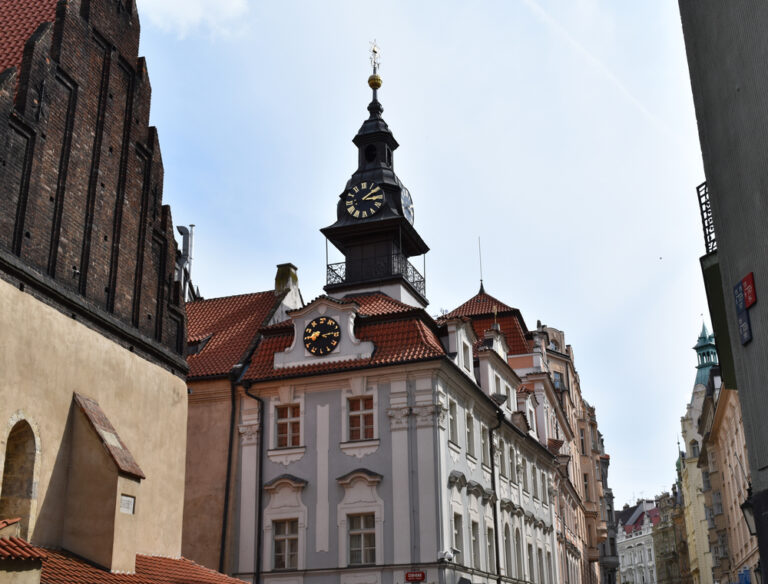
The High Synagogue was completed in 1568, the same year as the Jewish Town Hall. The synagogue has been restored and reconstructed several times over the years. It still has its lovely stucco ceiling, which contrasts with the modern facade of the town hall.
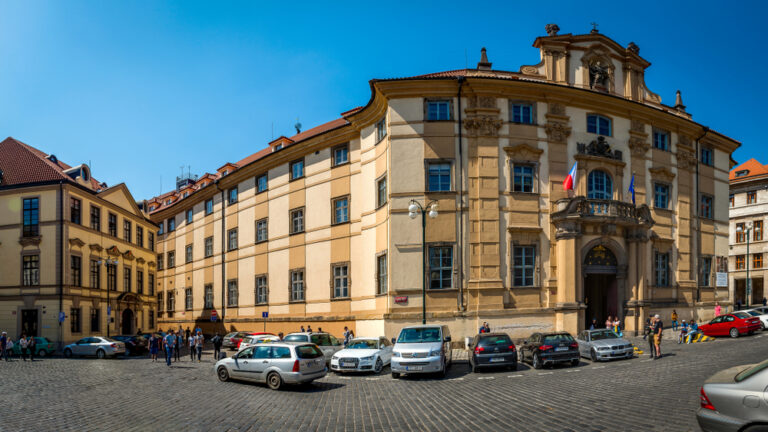
Clementium is home to one of Europe’s biggest collections of historic buildings, including the Czech Republic’s National Library. It was designed in the Baroque style, as demonstrated by the Baroque Library Hall. If you enjoy music, the Clementium holds a number of festivals throughout the year.
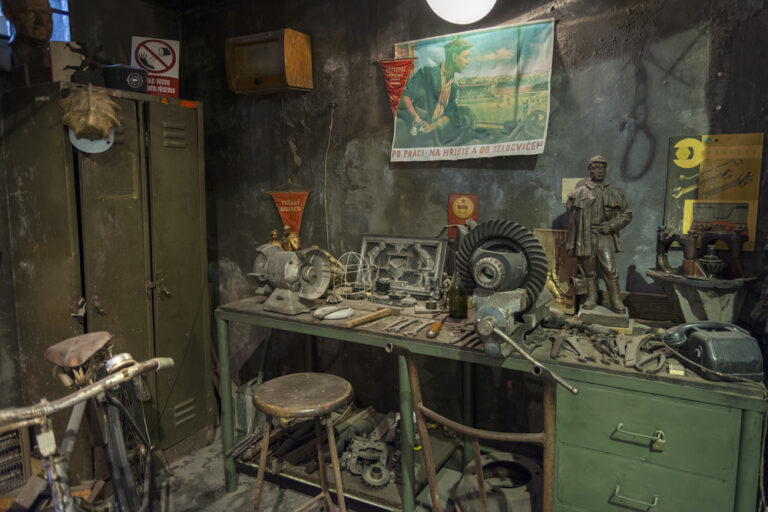
The Museum of Communism, which opened in 2001, provides visitors with a detailed view of life in communist-era Czechoslovakia. This one-of-a-kind place, which includes authentic memorabilia, interactive multimedia such as recordings, and socialist realism paintings, among other things, provides a fascinating look into life from the late 1940s to the Velvet Revolution of 1989.
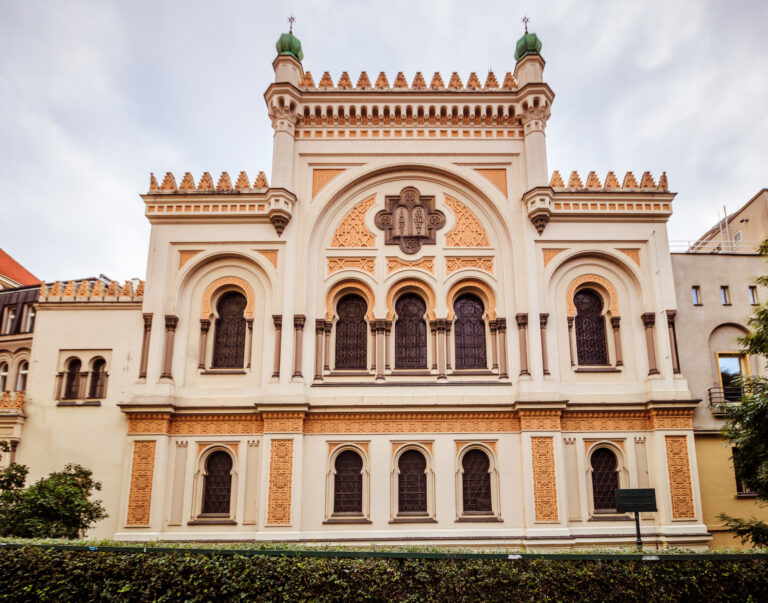
The Jewish Museum provides access to important places including the Old Jewish Cemetery and the Spanish Synagogue, as well as noteworthy displays that highlight the Jewish community’s art and culture. If you’re more concerned about rare manuscript documents, the Holocaust, or their audio – taped collection, the museum is the place to go for unequaled access to the Jewish community’s history.
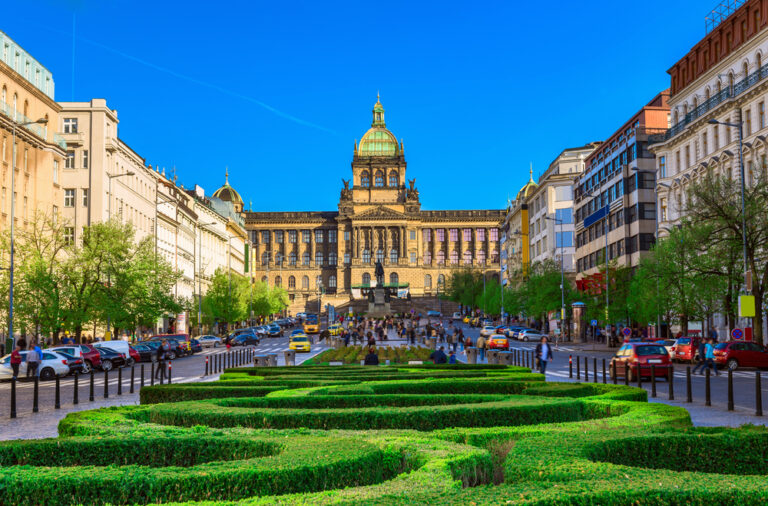
The National Museum, which is placed throughout the city, houses a variety of collections other than art, including minerology, zoology, anthropology, and more. It was founded in the early 1800s and is the Czech Republic’s oldest museum.
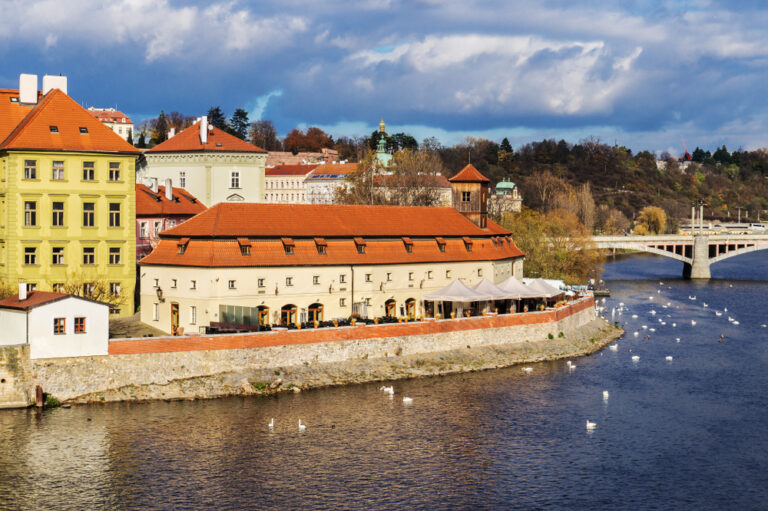
The Franz Kafka Museum is an entire museum devoted to perhaps one of the most prominent Czech authors, allowing visitors to learn more about the artist. The main exhibition is recognized for its collection of many early editions of Kafka’s work, which are displayed alongside his own diaries, photographs, drawings, and personal letters, many of which have never been seen before and are unavailable anywhere else.
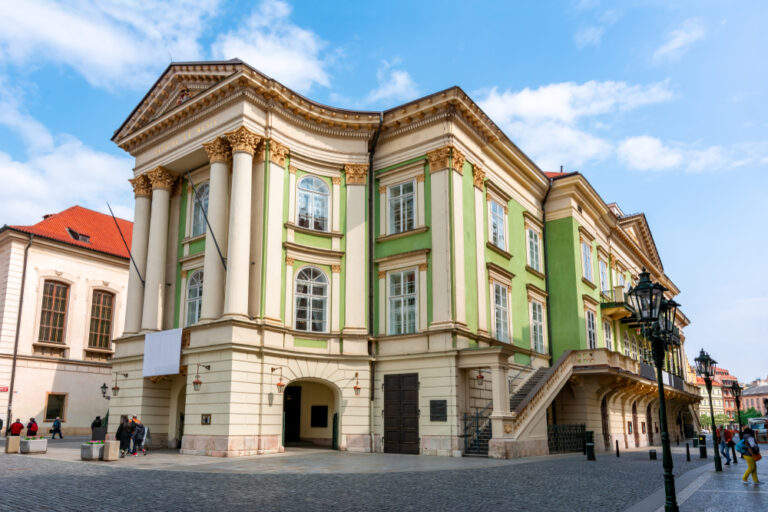
The Estates Theatre, which has been an annex of the National Theatre since 1920, is devoted towards many ballets and operas and focuses on the compositions of Wolfgang Amadeus Mozart due to his own time conducting there. In keeping with this concept, the Czech director Miloš Forman directed the film Amadeus, which was shot on location inside the theatre.
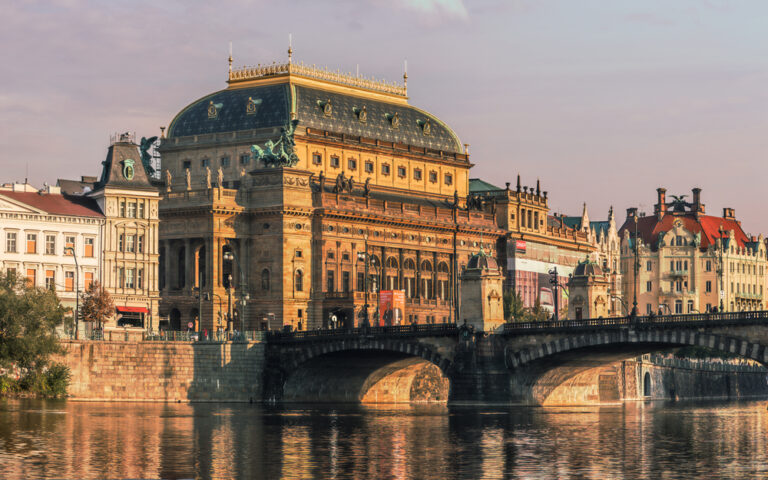
The National Theatre, an iconic and historic structure built in 1883, is regarded as a vital and emblematic component of Czech art and history. Opera, ballet, and drama are the three artistic groups of the National Theatre.
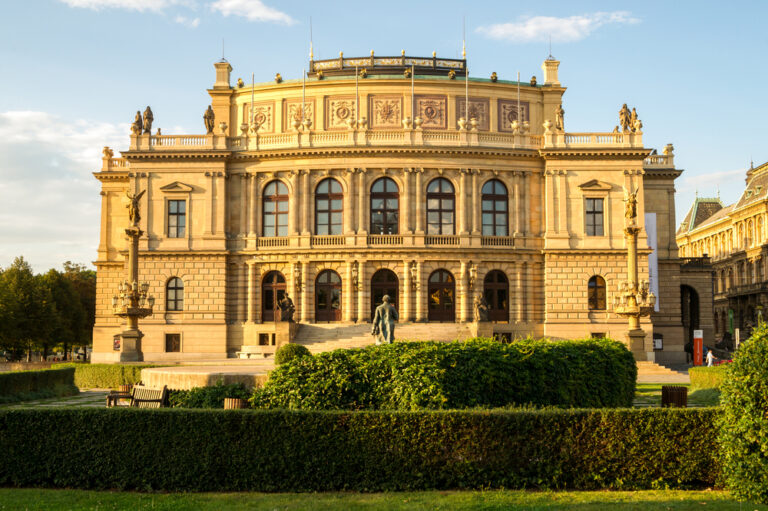
The Czech Philharmonic Orchestra has called Rudolfinum, a neo-renaissance structure, home for more than 60 years. Dvořák Hall, the city’s largest music venue, is one of the primary venues of the Prague Spring International Music Festival and is known for its exceptional acoustics. In January 1896, Antonín Dvořák himself conducted the Czech Philharmonic in the hall for the first time.
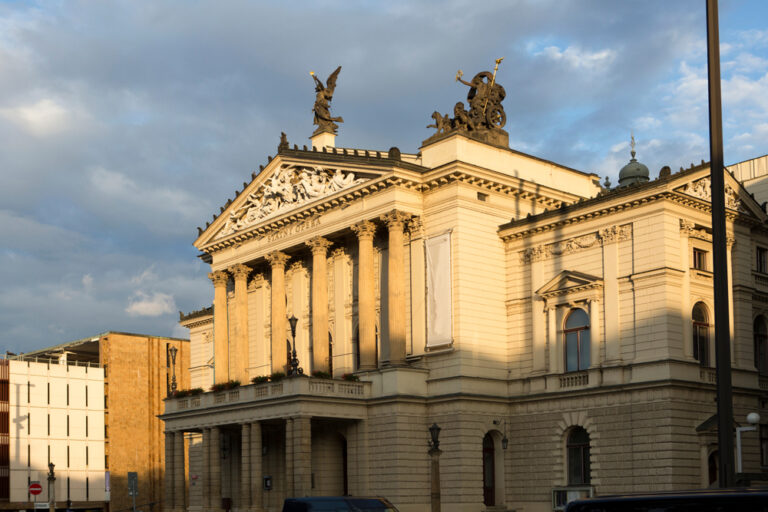
The State Opera, which was recently reopened, is well-known for its history and ties to the German minority in Prague. The State Opera, designed by Ferdinand Fellner and Hermann Helmer, has the largest capacity of any theatre in Prague. Until recently, it was known as the New German Theatre and the Smetana Theatre until being renamed the Prague State Opera.
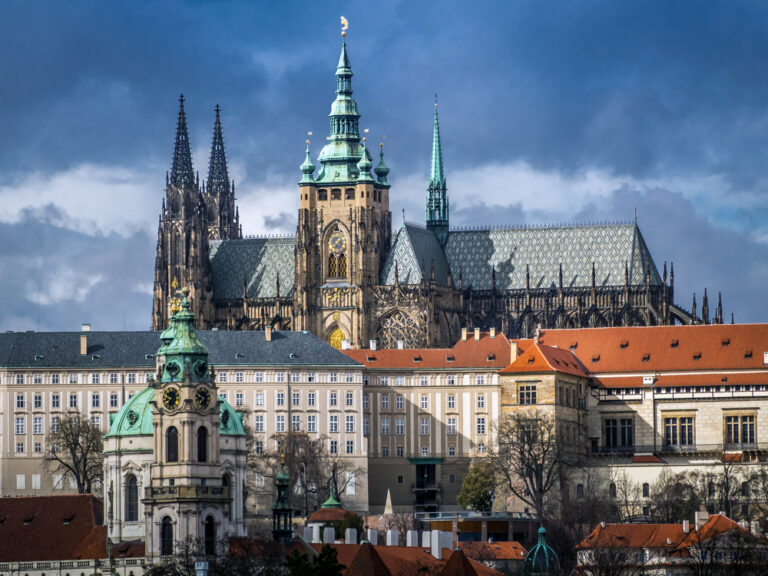
Prague Castle is a landmark structure that houses the President of the Czech Republic’s office. It was originally the home of Bohemian kings, Holy Roman Emperors, and Czechoslovak presidents. The St. Vitus Cathedral, one of Prague’s most well-known structures, is located within the complex. It took over 600 years to complete, and the building is a prime example of Gothic style.
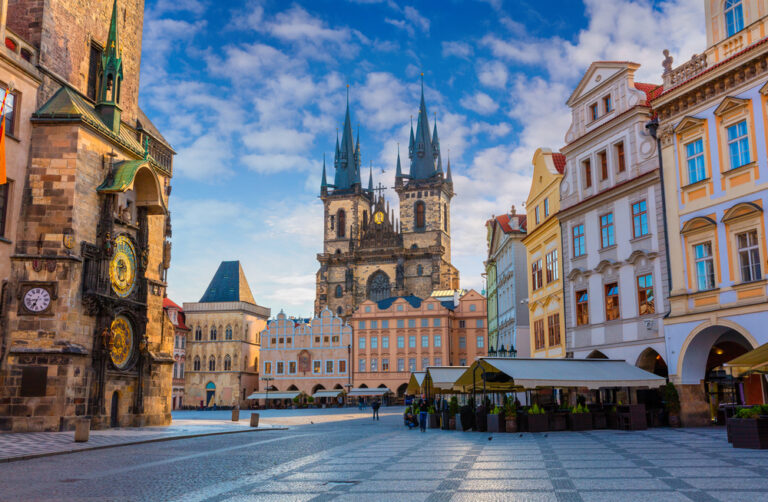
Old Town Square as well as the Prague Astronomical Clock are situated in Josefov, the Jewish Quarter of town, and are home to the Tyn Church and Clementinum. Climb to the top of the Old Town Hall Tower for a breathtaking perspective of Prague’s many historic peaks. Because the Old Town Square is one of the city’s most popular destinations, it’s critical that you include it in your itinerary.
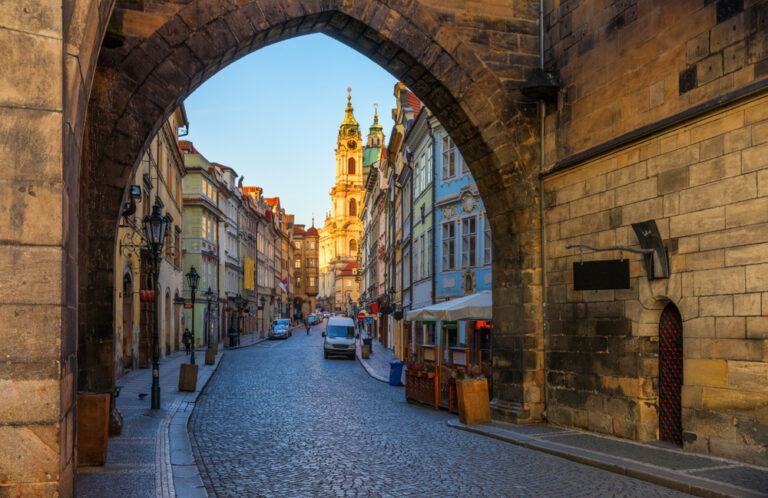
Malá Strana, or “Little Side” is one of the most historic neighborhoods in Prague. It is located on the west bank of the river Vltava and can be reached by walking across the Charles Bridge. The baroque St. Nicholas Church is famous for its 18th century organ dating from the 17th century.
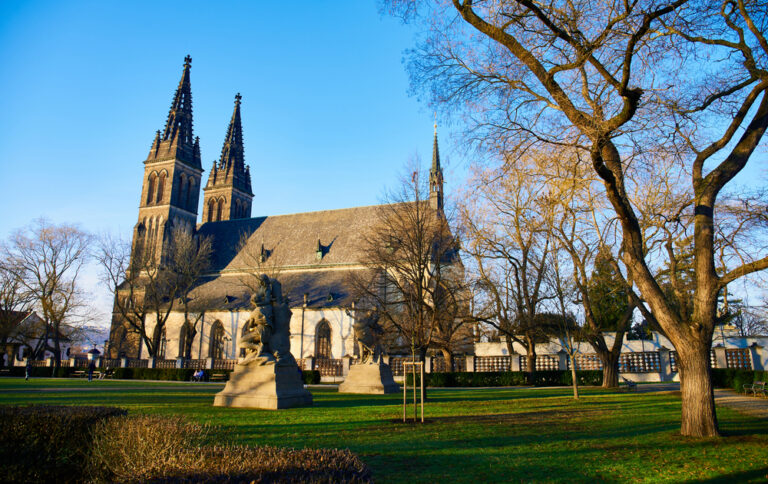
A medieval fort on the Vltava River’s river side, possibly dating from the 10th century. The Basilica of St. Peter and St. Paul, as well as the Vyšehrad Cemetery, contain the remains of many notable Czechs, including Antonín Dvořák, Bedich Smetana, Karel Čapek, and Alphonse Mucha. It also houses the oldest Rotunda of St. Martin in Prague, which dates from the 11th century.
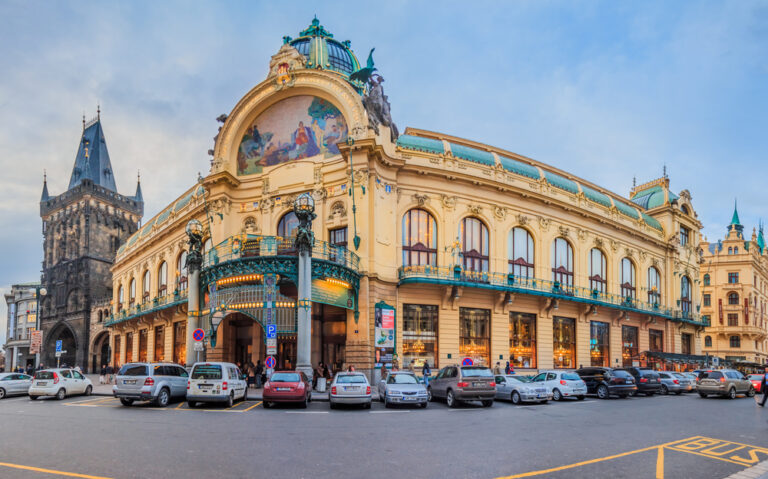
The Municipal House, which is located on the Námst Republiky, was finished in 1911 and is a magnificent example of Prague’s Art Nouveau architecture. Book a guided tour of the full complex, which includes the French, Pilsner, and American dining establishments, the Smetana Hall, and the numerous artworks and sculptures by well-known artists like Alphonse Mucha and Jan Preisler. Alternatively, you may attend a concert at the renowned Smetana Hall, which is a popular venue for the International Prague Spring Festival.
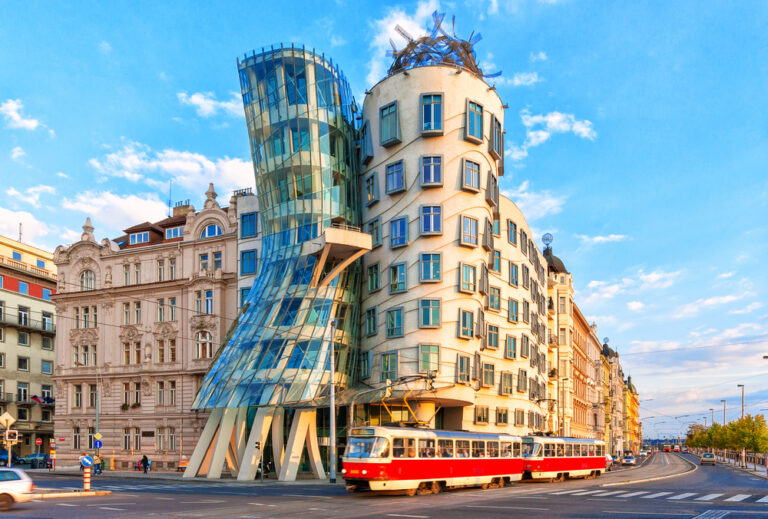
The Dancing House, which was inspired by Fred Astaire and Ginger Rogers, is a wonder that symbolizes Prague’s modern architecture. Because of its distinctive and twisted shape, the aesthetic is regarded as deconstructivist. There’s also a gallery and café within the building that offer beautiful views of Prague in all directions.
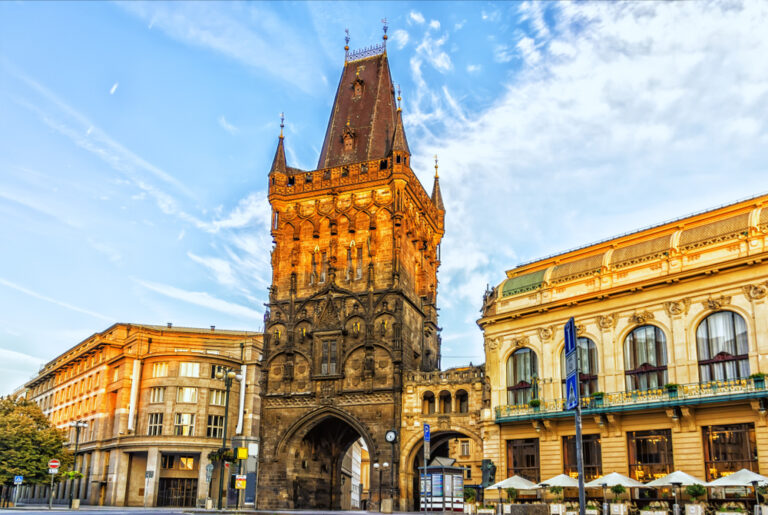
Powder Gate Tower, one of Prague’s 13 ancient city gates, is regarded one of the most opulent entries into Old Town and was frequently utilized for crowning ceremonial occasions. The name comes from the fact that it was once a gunpowder storage facility. The tower is a stunning example of one of Prague’s many historic landmarks.

The House at the Black Madonna, which serves as the Czech Museum of Cubism, was created in 1912 by Josef Goár and is a fascinating example of cubist architecture. It was named after a neighboring Baroque statue.
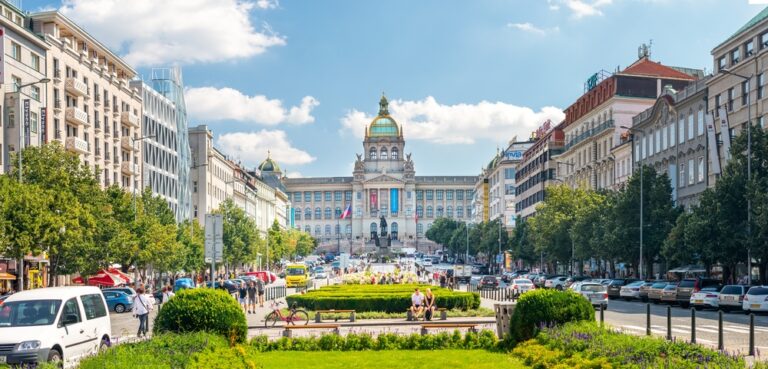
Wenceslas Square, a prominent feature of the new town, is home to one of Prague’s most important shopping districts. The plaza was formerly a horse market and was renamed after Wenceslas, the Patron Saint of Bohemia, in the 14th century. If you visit during the winter, the square holds a fantastic Christmas market that you should not miss.
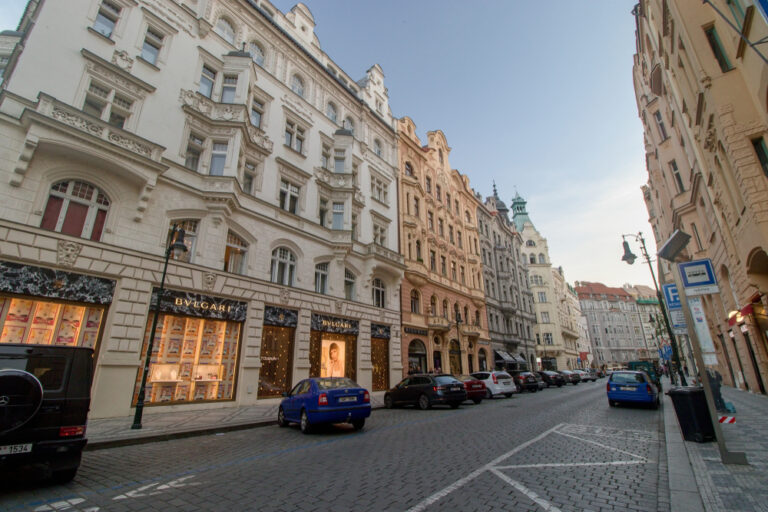
Old Town Square is connected to the Čechův Bridge by a predominant shopping street in Josefov district, which is lined with Art Nouveau townhouses. When walking down Pařížská Street, you will come across a number of well-known luxury boutiques and trendy labels.
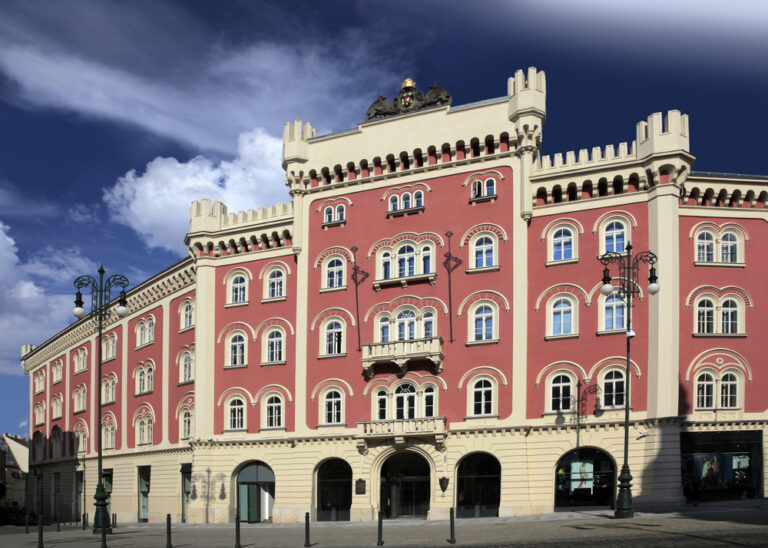
Palladium, which was unveiled in 2007 and contains over 170 businesses, is located in the heart of Prague. This location in the middle of the capital has everything you need in terms of stores.
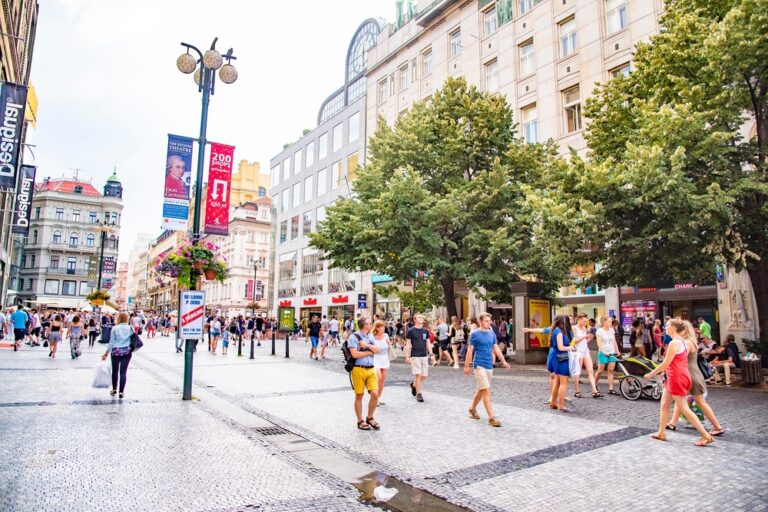
Na Příkopě, which means ‘on the moat,’ is a roadway in the heart of Prague that connects Wenceslas Square with Republic Square. It is a fantastic spot to discover world-renowned luxury boutiques as well as the Czech National Bank. It is regarded as a divide of Old Town and New Town.
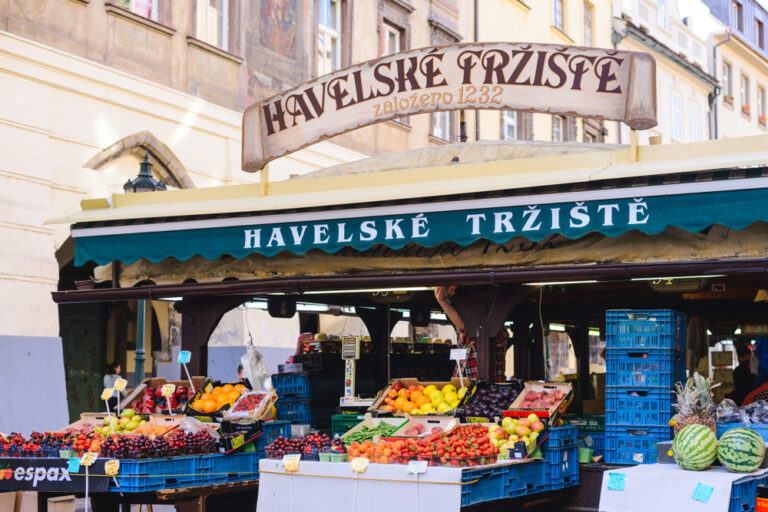
Havel Market, a typical market in Old Town, is situated on Havelská Street and offers a delectable assortment of fresh fruits and vegetables. Enjoy genuine contact with local farmers while sampling some delectable produce.
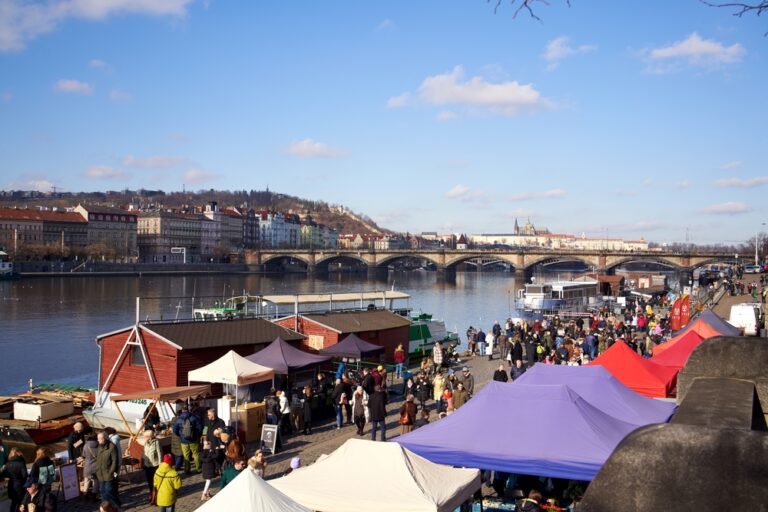
Náplavka is a magnificent riverbank market that attracts equally residents and tourists. Every Saturday, high-quality, seasonal foods varying from fruits and veggies to cheese and eggs can be obtained here.
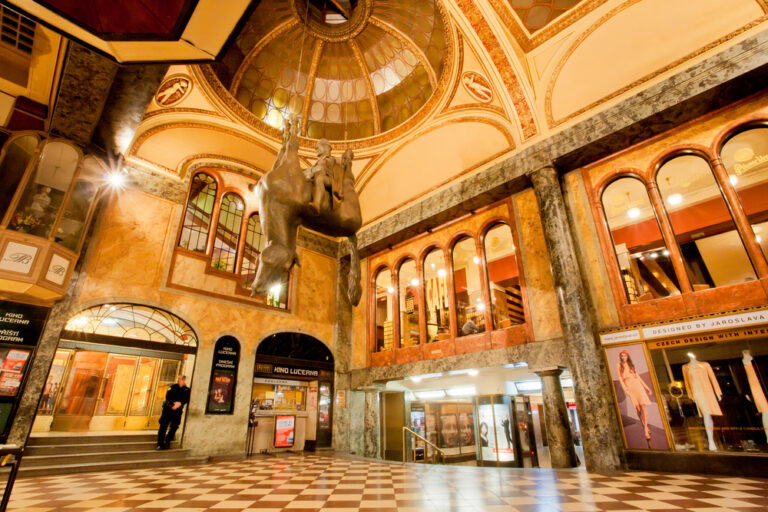
The Lucerna Music Bar, located in Lucerna Palace, is a frequent location for the Prague International Jazz Festival. It was first opened in 1995 and has since become a regular nightclub on Weekend nights, as well as a stepping stone for up-and-coming local musicians. This venue has something for everyone, whether you love jazz or more modern party music.

Dlouhá Street, which translates to ‘long street,’ is located near Old Town and blends Prague’s ancient legacy with the liveliness of modern lifestyle. The entirety of the street is lined with some of Prague’s top restaurants, pubs, and clubs, ensuring an amazing night out.
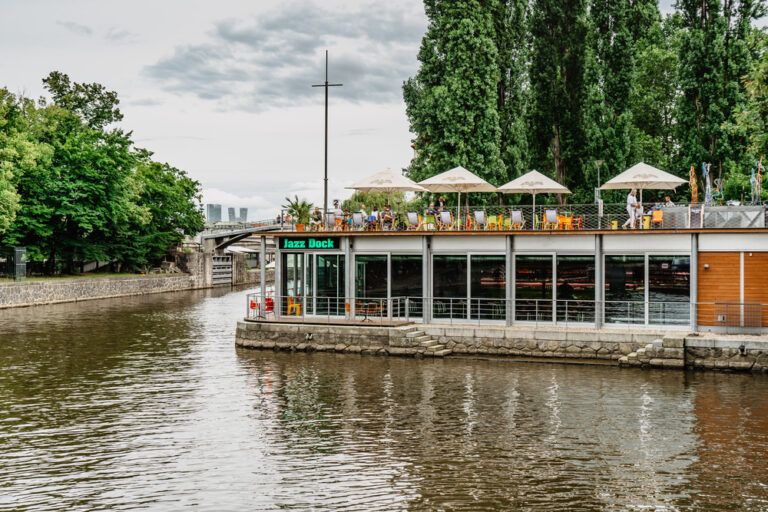
Have you ever wanted to visit a venue on the Vltava’s banks? Jazz Dock is a one-of-a-kind place for fans of both modern and classical jazz. There will always be an event that will provide you with a lasting memory.
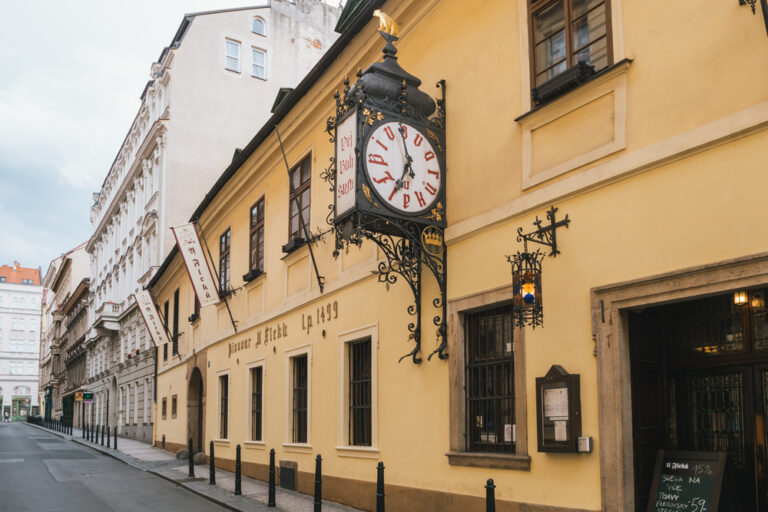
A traditional Czech bar, brewery, restaurant, and beer garden in one convenient location. Customers can enjoy not only traditional meals but also a vibrant atmosphere by listening to live music. The brewery’s museum, which offers tours and beer sampling, is located near the National Theatre.
Managed by TorinoPraga Invest
web by BLUEE DEER AGENCY
© 2021 Římská 14. All rights reserved.
web by BLUE DEER AGENCY